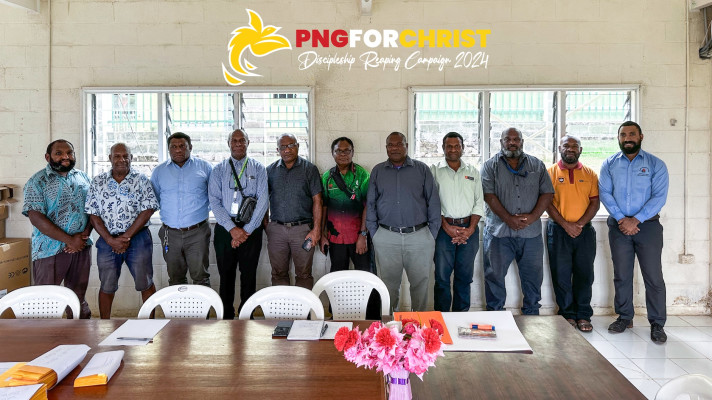In the Murik Lakes of East Sepik Province, Papua New Guinea, Darapap Adventist Primary School stands on the brink of closure. Three-quarters of its land has been submerged by the rising sea, a direct consequence of climate change. Founded in the early 1970s on low-lying terrain vulnerable to erosion and flooding, the school has valiantly weathered countless challenges. But the unrelenting tide of climate change has proven too much to bear.
The impact of climate change has been crippling for Darapap. Closed for almost a year, the school's fate hung in the balance. However, a flicker of hope emerged in a recent visit and meeting with the community. Director of Adventist Education Services, Mr. Lancedown Wirise, discussed relocation options, and a decision was made: the school will relocate to the land where the Seventh-day Adventist Church once stood.
Relocation brings challenges, but also opportunities. Mr. Wirise urged everyone to join hands in constructing temporary classrooms while permanent structures rise on higher ground. "I will make sure to send teachers to help get the school running again," he assured. For the community, Darapap represents more than just a school; it is the sole hope for their children's future and the village's survival. With their remaining land on the verge of vanishing beneath the encroaching waves, education offers a path out.

Darapap's plight is not unique. Coastal communities across Papua New Guinea and other Pacific Island nations face similar struggles. The Intergovernmental Panel on Climate Change paints a grim picture, projecting a potential sea level rise of 82 centimeters by 2100, which will intensify coastal flooding, erosion, and displacement.
The Papua New Guinea government has acknowledged the threat and taken steps like developing climate policies and establishing dedicated authorities. However, limited resources, competing priorities, and lack of data pose constant hurdles. The community spokesperson's plea resonates loudly: "We pray for help and assistance with temporary classrooms as we work on building new ones."
Darapap's story is a stark reminder of the human cost of climate change. It is a call to action for the international community to stand with those on the frontline, to offer support and assistance as they fight for their children's education and their village's future. As the waves lap closer, Darapap's fate hangs in the balance, but amidst the despair, the community's unwavering determination offers a beacon of hope, one temporary classroom at a time.
Now, with hope rekindled and the promise of support from both the community and Sepik Mission, the relocation of the classrooms is underway. This collective effort, a testament to Darapap's unyielding spirit, will shape not only the future of the school but also the destiny of its people.




